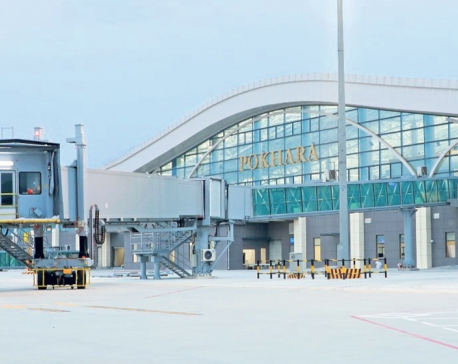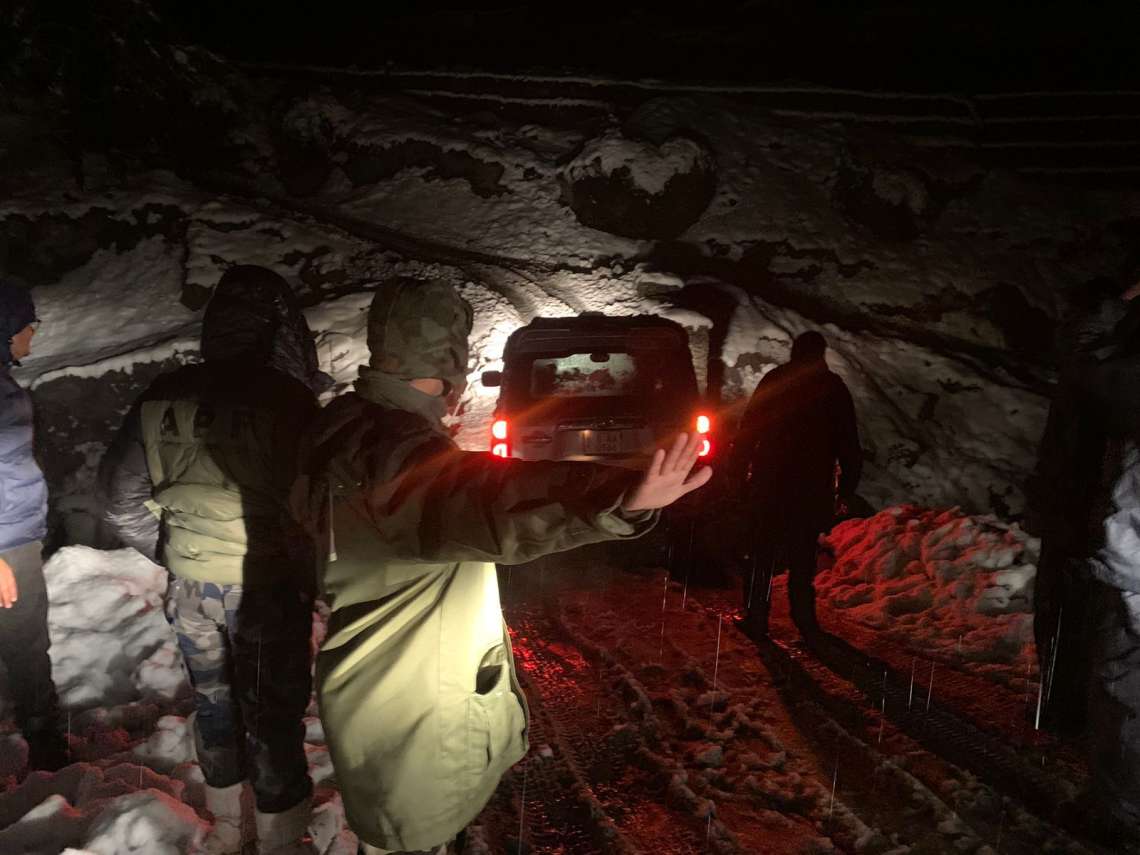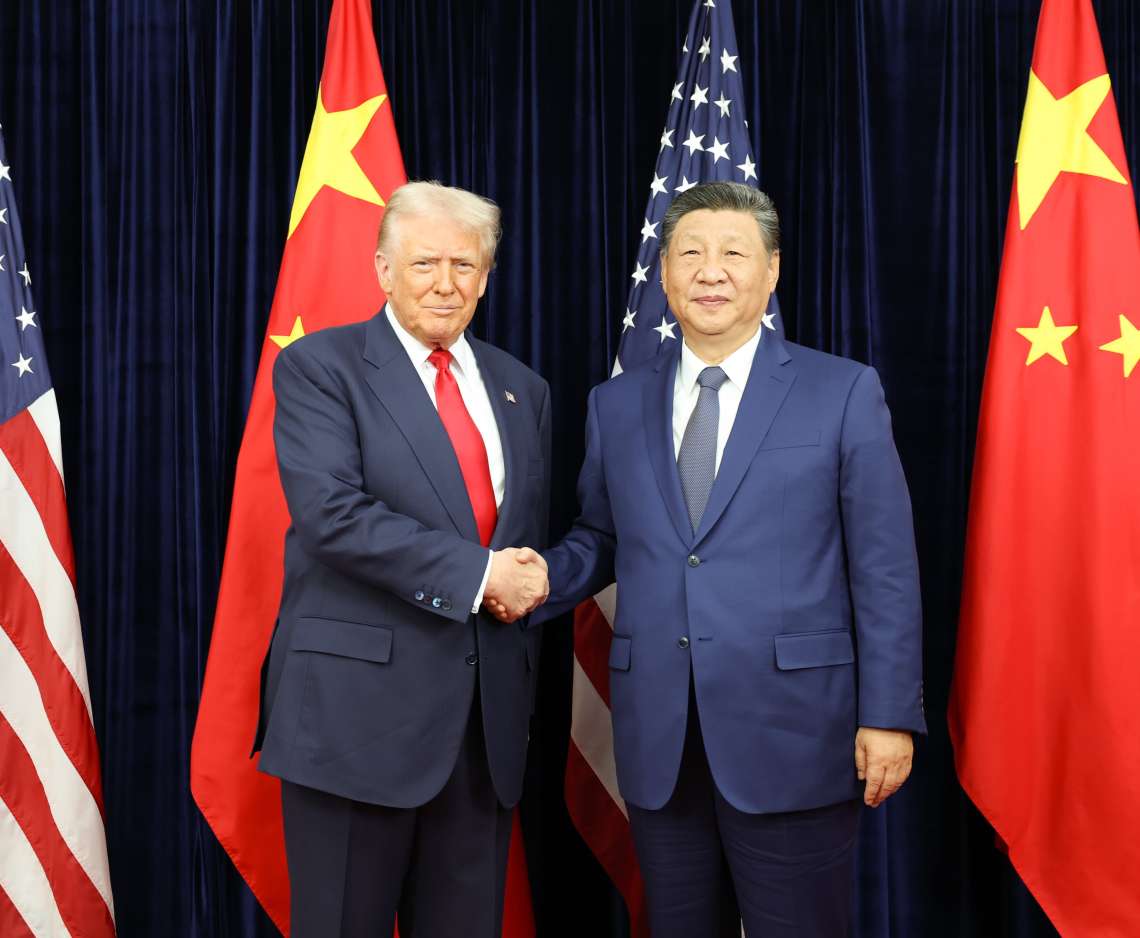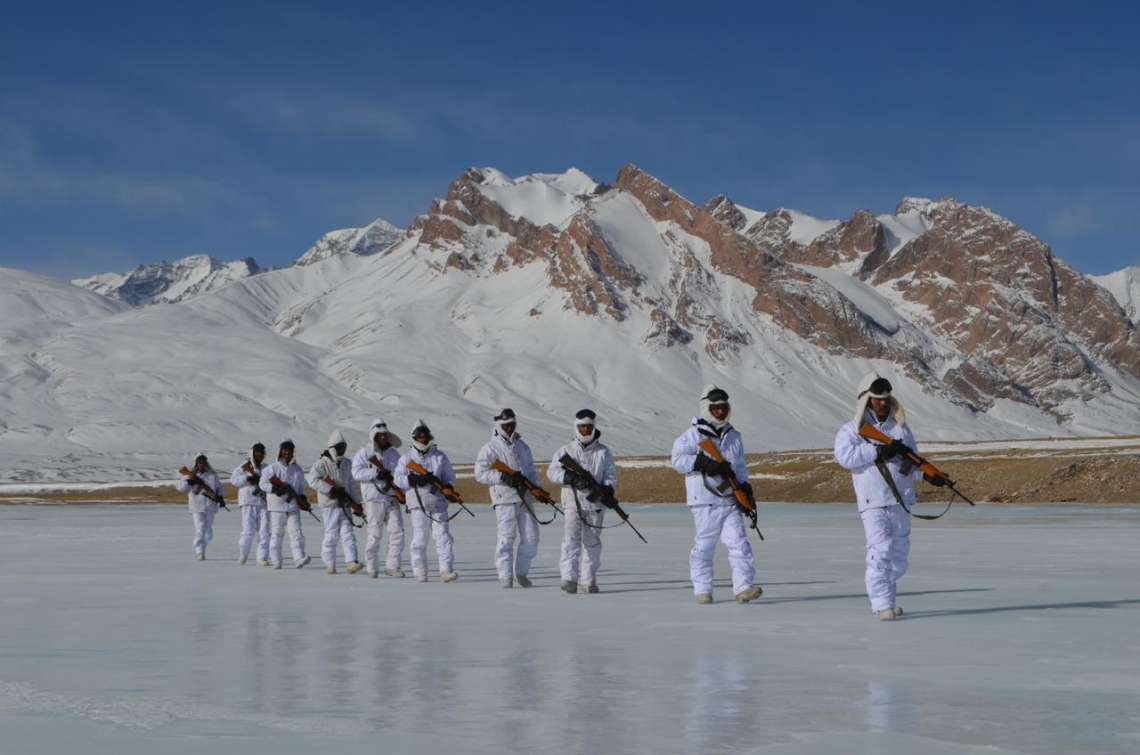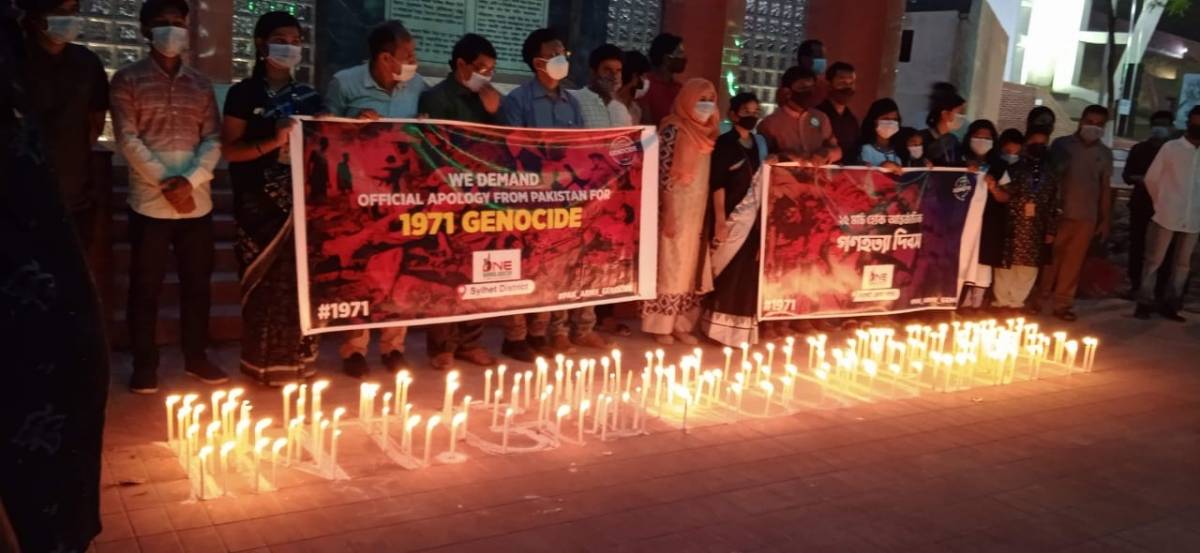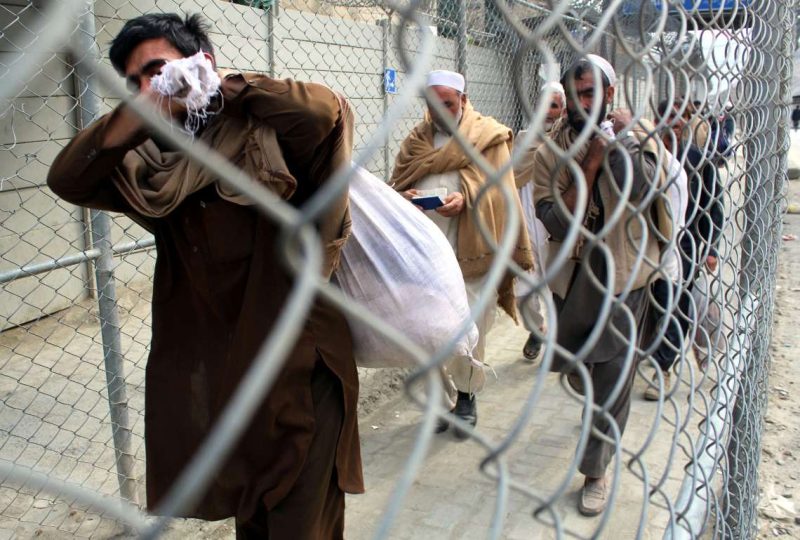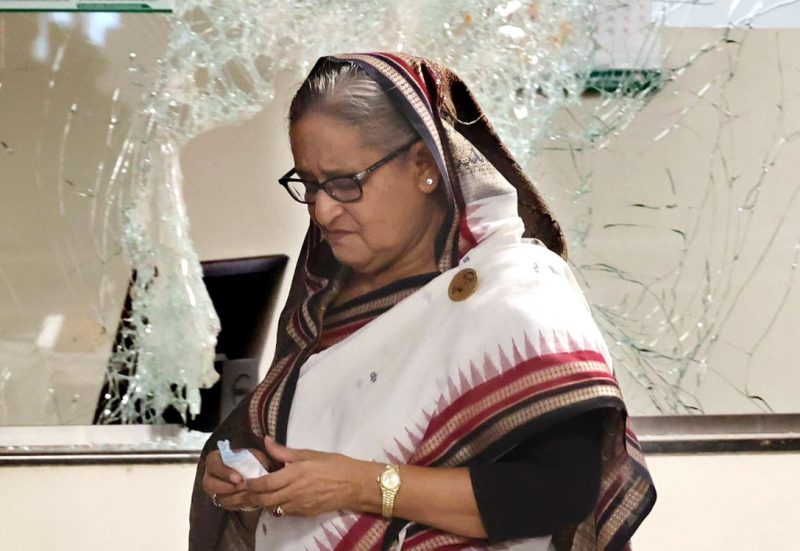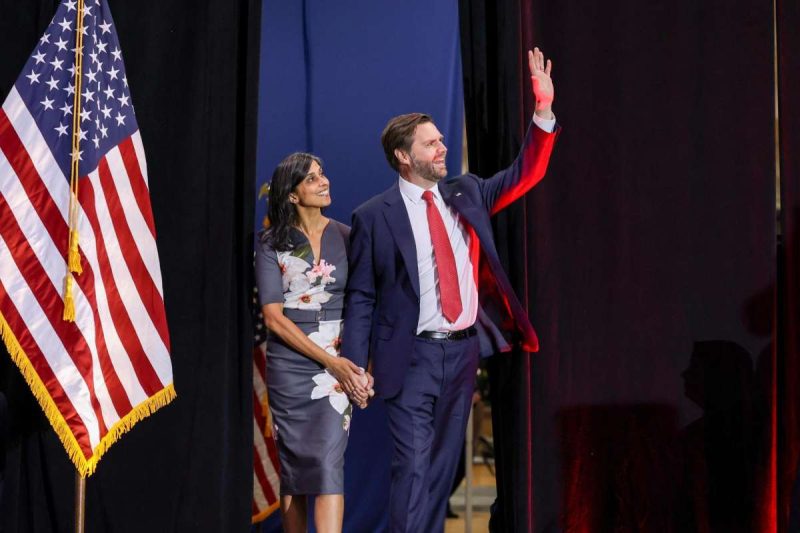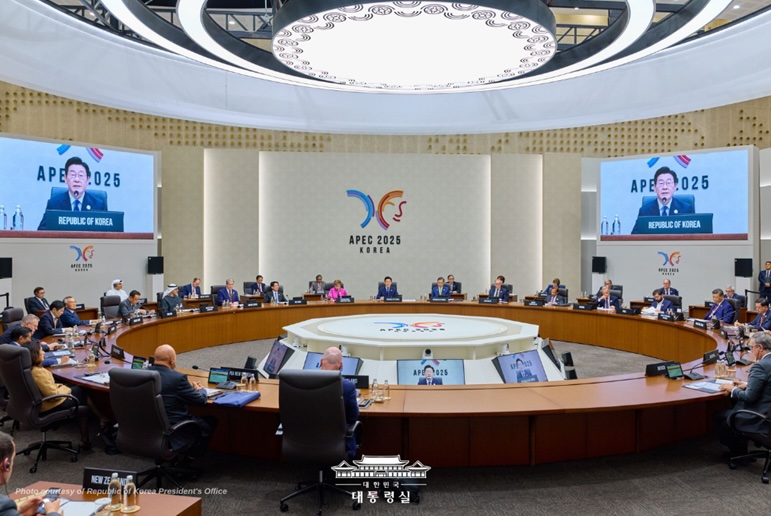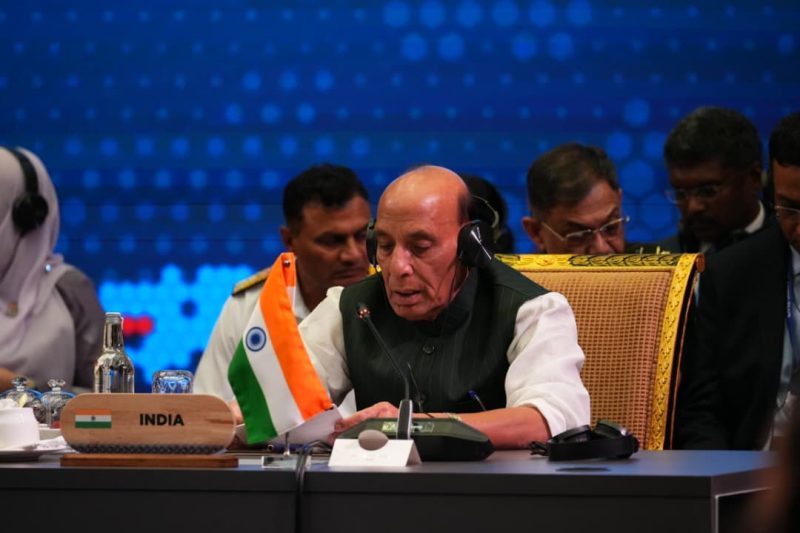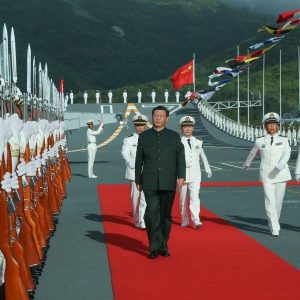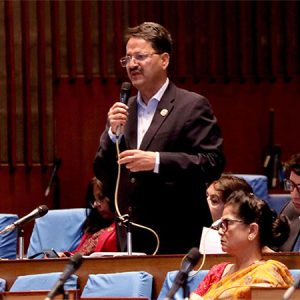The development of Nepal’s Pokhara airport, primarily financed and carried out by Chinese firms, has prompted apprehensions regarding the construction quality, oversight integrity, and the financial liability imposed on Nepal…..reports Asian Lite News
Nepal’s newly inaugurated Pokhara International Airport built with Chinese help has come under scrutiny and a foreign policy expert called for stern government actions before it turns out to be Nepal’s Hambantota.
Former foreign relations advisor to Nepal’s former Prime Minister Sher Bahadur Deuba, Arun Kumar Subedi called on the government to take stern action after an investigative piece by the New York Times exposed the wrongdoings and flaws at the time of construction of the much-hyped airport.
In an interview with ANI, Arun Kumar Subedi said, “Up to now the conditions are analogous, more or less same. Let’s pray, our government will take firm action not to make it Hambantota of Nepal,” while comparing the situation that with Sri Lanka.
The construction of Nepal’s Pokhara airport, primarily funded and executed by Chinese companies, has raised concerns about the quality of work, the manipulation of oversight, and the burden of debt on Nepal.
Additionally, the airport’s association with China’s Belt and Road Initiative has ignited diplomatic tensions with India, making it challenging for the airport to attract international flights.
The Pokhara airport serves as a stark example of the pitfalls associated with importing China’s infrastructure development model, highlighting concerns about financial sustainability and transparency, all while fueling geopolitical rivalries in the region.

Hambantota International Port Group is a Public Private Partnership and a Strategic Development Project between the Government of Sri Lanka and China Merchants Port Holdings (CMPort). This port was given to China by Sri Lanka on a 99-year lease after Sri Lanka failed to repay Chinese loans. It is seen as a case of Chinese “debt trap” Diplomacy.
The Pokhara International Airport has since its opening earlier this year not seen any frequent International flights except for the chartered Chinese flights which appear on rare occasions.
Dubbed a “dream come true” for locals of Pokhara, the tourist destination of Nepal, the Pokhara International Airport upon its completion, has been claimed to be part of China’s grand ambitions, aligning with President Xi Jinping’s signature infrastructure campaign, the Belt and Road Initiative (BRI).
Days before the formal inauguration of the airport, the Chinese Ambassador claimed it to be part of BRI which was rejected by the Nepal Government. Soon after the handover, the Pokhara Airport exemplified the perils that came with importing China’s infrastructure-at-any-cost development model, disproportionately benefiting Chinese firms at the expense of the borrowing nation.
China CAMC Engineering, the construction division of state-owned conglomerate Sinomach, played a pivotal role in the Pokhara airport project. It imported building materials and machinery from China, and the airport itself was brimming with Chinese-made security and industrial technology. Despite China’s claims about the project’s quality, an investigation by The New York Times revealed an unsettling narrative.
Multiple individuals involved in the project and a thorough examination of thousands of documents indicated that China CAMC Engineering had consistently dictated terms to maximize profits and protect its interests.
Simultaneously, it systematically dismantled Nepali oversight. As a consequence, Nepal found itself entangled in significant debt to Chinese creditors without the expected influx of passengers to repay the loans.
“The International community basically the multilateral agencies which are our developmental partners are eyeing this particular project (Pokhara International Airport). Outcomes of the project are not welcomed by our development partners as well as analysts and economic experts as well. The impact of this particular airport in the international community related to Nepal is not positive,” claimed Subedi, further adding, “In one word, it’s ‘odyssey for nothing’ at present.”
The Himalayan nation’s finance ministry had earlier signed a memorandum of understanding supporting CAMC’s proposal in 2011, even before an official bidding process had started. The Chinese loan agreement exclusively allowed Chinese firms to bid for the project.
CAMC initially submitted a bid for USD 305 million, nearly double Nepal’s cost estimate for the airport. This drew criticism from Nepali politicians, who accused the process of being rigged and the price inflated. Following the outcry, CAMC lowered its bid to USD 216 million, reducing the cost by approximately 30 per cent.
In 2016, China and Nepal formalised a 20-year agreement for the project, with a quarter of the funding provided as an interest-free loan. Nepal intended to borrow the remainder from China’s Export-Import Bank at a 2 per cent interest rate, with repayment scheduled to begin in 2026.
As construction progressed, glaring issues came to light. The Civil Aviation Authority of Nepal was responsible for overseeing the Chinese contractor, but the lack of experienced personnel, combined with the inadequate allocation of funds for consultants, hampered the project.
Initially earmarked at USD 2.8 million, the budget for hiring consultants was to ensure CAMC’s compliance with international construction standards, however, it was reduced to a mere USD 10,000, diverting funds elsewhere.
This lack of oversight allowed CAMC to initiate work before consultants were in place and perform construction work that did not meet international standards.
Key components, such as soil density tests for the runway’s foundation, were omitted, jeopardising the runway’s future stability.
Other oversights included the airport’s drainage system design, ignoring historical rainfall data and sloping topography, increasing the risk of flooding.
The quality of Chinese-made building materials and the identity of vendors were inadequately documented, contravening the terms of CAMC’s contract with Nepal, as reported by The New York Times.
While consulting efforts were expected to oversee CAMC’s work, the Chinese company managed to sidestep consultants and interact directly with Nepali officials who had limited construction experience. Any efforts to seek additional information or documentation were often fruitless.
China’s Export-Import Bank had commissioned China IPPR International Engineering, a consulting firm, to ensure the project’s quality, safety, and schedule and to confirm Nepal’s satisfaction with CAMC’s work.

However, the situation grew murkier in 2019 when CAMC acquired IPPR, turning it from a sister company into a direct subsidiary. IPPR’s fees came from Nepal as part of its loan from the Chinese bank.
Chinese engineers working on the project claimed that they were instructed not to scrutinise CAMC’s work closely, with a focus on delivering an airport rather than a “chicken farm.”
Furthermore, allegations surfaced that documents related to the qualifications of IPPR’s workers in Pokhara had been falsified. In some cases, even employee credentials were manipulated. Such practices revealed a disconcerting disregard for transparency and accountability.
“The project was selected emotionally rather than economic and financial parameters. So even the Chinese airlines are reluctant to operate the regular flight in that particular airport,” Subedi claimed further.
As Pokhara airport struggled to attract international flights, especially from Indian airlines, Nepal’s aspirations for the airport were put in jeopardy.
Buddha Air, Nepal’s largest airline, had requested permits for flights to India but awaited approval from the Indian government.
A feasibility study commissioned by CAMC had projected passenger numbers that would enable the airport to repay its loans from profits, but as of now, no international flights have commenced.
Nepali officials have reportedly requested that China convert the loan into a grant due to the airport’s financial challenges, a matter discussed during Prime Minister Pushpa Kamal Dahal’s visit to Beijing in late September. The joint statement issued by China and Nepal during the visit acknowledged the completion and operation of the Pokhara airport but did not mention plans to waive the loan.
“The best way to get off this trap is to monetize the assets and whatever the sum comes from the asset monetization, be kept under viability of debt funding and all the loan (amount) that remains can be paid in a single shot. Otherwise, even if it is an interest-free loan it would be a big debt trap because the country has to pay at least five per cent for the exchange rate fluctuation. So even in zero per cent interest, the overall impact will be at least five per cent,” suggested Subedi. (ANI)


